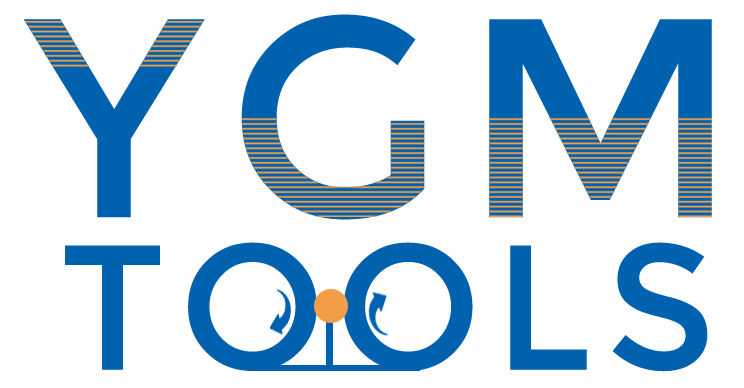
-
 Afrikaans
Afrikaans -
 Albanian
Albanian -
 Amharic
Amharic -
 Arabic
Arabic -
 Armenian
Armenian -
 Azerbaijani
Azerbaijani -
 Basque
Basque -
 Belarusian
Belarusian -
 Bengali
Bengali -
 Bosnian
Bosnian -
 Bulgarian
Bulgarian -
 Catalan
Catalan -
 Cebuano
Cebuano -
 Corsican
Corsican -
 Croatian
Croatian -
 Czech
Czech -
 Danish
Danish -
 Dutch
Dutch -
 English
English -
 Esperanto
Esperanto -
 Estonian
Estonian -
 Finnish
Finnish -
 French
French -
 Frisian
Frisian -
 Galician
Galician -
 Georgian
Georgian -
 German
German -
 Greek
Greek -
 Gujarati
Gujarati -
 Haitian Creole
Haitian Creole -
 hausa
hausa -
 hawaiian
hawaiian -
 Hebrew
Hebrew -
 Hindi
Hindi -
 Miao
Miao -
 Hungarian
Hungarian -
 Icelandic
Icelandic -
 igbo
igbo -
 Indonesian
Indonesian -
 irish
irish -
 Italian
Italian -
 Japanese
Japanese -
 Javanese
Javanese -
 Kannada
Kannada -
 kazakh
kazakh -
 Khmer
Khmer -
 Rwandese
Rwandese -
 Korean
Korean -
 Kurdish
Kurdish -
 Kyrgyz
Kyrgyz -
 Lao
Lao -
 Latin
Latin -
 Latvian
Latvian -
 Lithuanian
Lithuanian -
 Luxembourgish
Luxembourgish -
 Macedonian
Macedonian -
 Malgashi
Malgashi -
 Malay
Malay -
 Malayalam
Malayalam -
 Maltese
Maltese -
 Maori
Maori -
 Marathi
Marathi -
 Mongolian
Mongolian -
 Myanmar
Myanmar -
 Nepali
Nepali -
 Norwegian
Norwegian -
 Norwegian
Norwegian -
 Occitan
Occitan -
 Pashto
Pashto -
 Persian
Persian -
 Polish
Polish -
 Portuguese
Portuguese -
 Punjabi
Punjabi -
 Romanian
Romanian -
 Russian
Russian -
 Samoan
Samoan -
 Scottish Gaelic
Scottish Gaelic -
 Serbian
Serbian -
 Sesotho
Sesotho -
 Shona
Shona -
 Sindhi
Sindhi -
 Sinhala
Sinhala -
 Slovak
Slovak -
 Slovenian
Slovenian -
 Somali
Somali -
 Spanish
Spanish -
 Sundanese
Sundanese -
 Swahili
Swahili -
 Swedish
Swedish -
 Tagalog
Tagalog -
 Tajik
Tajik -
 Tamil
Tamil -
 Tatar
Tatar -
 Telugu
Telugu -
 Thai
Thai -
 Turkish
Turkish -
 Turkmen
Turkmen -
 Ukrainian
Ukrainian -
 Urdu
Urdu -
 Uighur
Uighur -
 Uzbek
Uzbek -
 Vietnamese
Vietnamese -
 Welsh
Welsh -
 Bantu
Bantu -
 Yiddish
Yiddish -
 Yoruba
Yoruba -
 Zulu
Zulu
buy flat die thread rolling machine
A Comprehensive Guide to Buying Flat Die Thread Rolling Machines
In the modern manufacturing landscape, the efficiency and precision of production processes are paramount. One critical piece of equipment that manufacturers rely on is the flat die thread rolling machine. These machines play an essential role in the creation of threaded fasteners, which are utilized across various industries, from automotive to aerospace. If you're considering investing in a flat die thread rolling machine, it's important to understand the features, benefits, and considerations involved in the purchasing process.
Understanding Flat Die Thread Rolling Machines
Flat die thread rolling machines are specialized equipment designed to create threads on cylindrical workpieces through a cold forming process. Unlike traditional cutting methods, thread rolling involves the deformation of the material to form threads, which results in stronger and more uniform threads due to the work hardening that occurs during the process. Typically, these machines use two flat dies that press the workpiece, resulting in high precision and minimal waste.
Benefits of Flat Die Thread Rolling Machines
1. Enhanced Strength and Durability The cold forming process produces threads with superior mechanical properties. The deformation allows for a denser grain structure, making the threads stronger and more resistant to fatigue and wear.
2. Cost Efficiency Though the initial investment in thread rolling machines may be significant, the long-term savings can be substantial. The reduction in material waste and energy consumption during production leads to lower operational costs.
3. Product Consistency These machines offer high levels of accuracy, ensuring that each threaded part meets stringent specifications. This consistency is vital for applications that require precise fitting and durability.
4. Versatility Many flat die thread rolling machines can handle various materials such as steel, aluminum, and plastic. This versatility allows manufacturers to expand their product offerings without investing in multiple different machines.
buy flat die thread rolling machine

5. Quick Production Turnaround The efficiency of the cold forming process allows for rapid production times. Businesses can significantly increase output without compromising on quality.
Key Considerations When Buying
1. Machine Specifications When evaluating potential machines, key specifications such as maximum diameter capacity, maximum thread length, and die design are crucial. Be sure that the machine can accommodate your production needs.
2. Production Volume Assess your production requirements—both current and future. If you anticipate growth or diversification in your product line, choose a machine that will have the capacity to meet those demands.
3. Automation Features Consider whether you need a manually operated machine or one with automated features. While fully automated machines may have higher upfront costs, they can improve production efficiency and reduce labor costs in the long run.
4. Maintenance and Support It is essential to understand the manufacturer’s support and service options. A reliable customer support system can help minimize downtime and ensure that your machine operates optimally.
5. Budget Set a clear budget before starting your search. While it’s tempting to go for the cheapest option, consider the total cost of ownership, which includes maintenance, potential downtime, and operational efficiency over time.
Conclusion
Investing in a flat die thread rolling machine can significantly enhance your manufacturing capabilities. By producing high-quality, durable threaded components efficiently, you can improve your competitive edge in the marketplace. It’s essential to carry out thorough research and consider all aspects, from machine specifications to after-sales support, to ensure that your investment pays off. As you navigate the purchasing process, keep in mind the long-term benefits that a high-quality flat die thread rolling machine can bring to your business. With the right choice, you can optimize your production and contribute to the overall success of your manufacturing operations.
